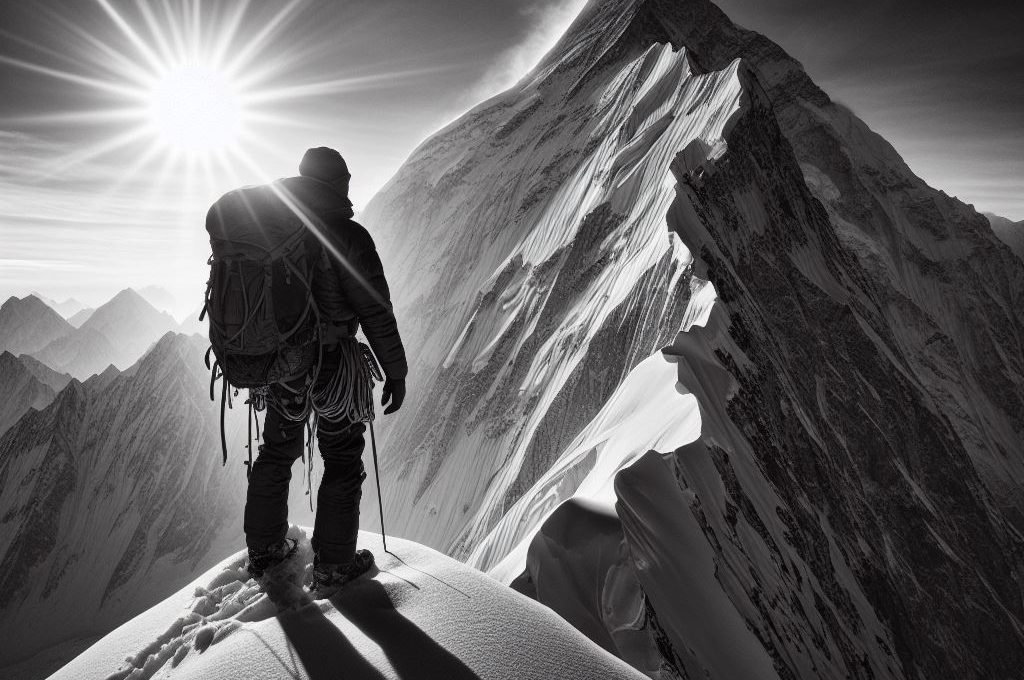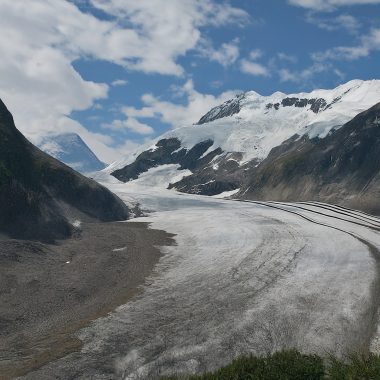Why the Nanga Parbat: Called Killer Mountain?

Introduction:
Nanga Parbat, standing tall at over 8,000 meters in the majestic Himalayas, is a mountain that has captured the imagination of adventurers and mountaineers for centuries. Often referred to as the “Killer Mountain,” Nanga Parbat has a reputation for being one of the most treacherous peaks to conquer. In this blog, we’ll delve into the mystique surrounding Nanga Parbat and explore the reasons behind its daunting nickname.
The Lure of the Summit:

For mountaineers, the allure of conquering Nanga Parbat is undeniable. Its towering presence and challenging terrain present a formidable test of skill, endurance, and courage. The mountain’s sheer walls, deep crevasses, and unpredictable weather make it a true test of human resilience.
The Deadly Reputation:

Nanga Parbat has earned its ominous nickname, the “Killer Mountain,” due to the high number of fatalities that have occurred during attempts to climb it. The reasons behind this grim reputation are manifold.
Extreme Weather Conditions:
One of the primary factors contributing to the danger of Nanga Parbat is its extreme weather conditions. Situated in the Himalayas, the mountain is subject to fierce winds, heavy snowfalls, and sudden storms. These volatile weather patterns can change rapidly, posing significant challenges to climbers and increasing the risk of accidents.
Technical Difficulty:
Beyond its harsh climate, Nanga Parbat presents climbers with significant technical challenges. The mountain’s steep slopes, icy ridges, and complex terrain demand advanced mountaineering skills and experience. Even the most seasoned climbers must navigate treacherous obstacles and overcome physical and mental barriers to reach the summit.
Historical Tragedies:
Over the years, Nanga Parbat has been the site of numerous tragedies that have claimed the lives of experienced climbers. One of the most infamous incidents occurred in 1953 when an Austrian-German expedition led by Hermann Buhl successfully reached the summit but tragically lost several members during the descent. Since then, Nanga Parbat has continued to exact a heavy toll on those who dare to challenge its heights.
Conclusion:
Nanga Parbat remains a symbol of adventure and exploration, drawing climbers from around the world to test their limits against its formidable slopes. However, behind its breathtaking beauty lies a mountain of unparalleled danger and challenge. As climbers continue to brave its peaks, Nanga Parbat serves as a stark reminder of the awe-inspiring power of nature and the indomitable spirit of human ambition.








